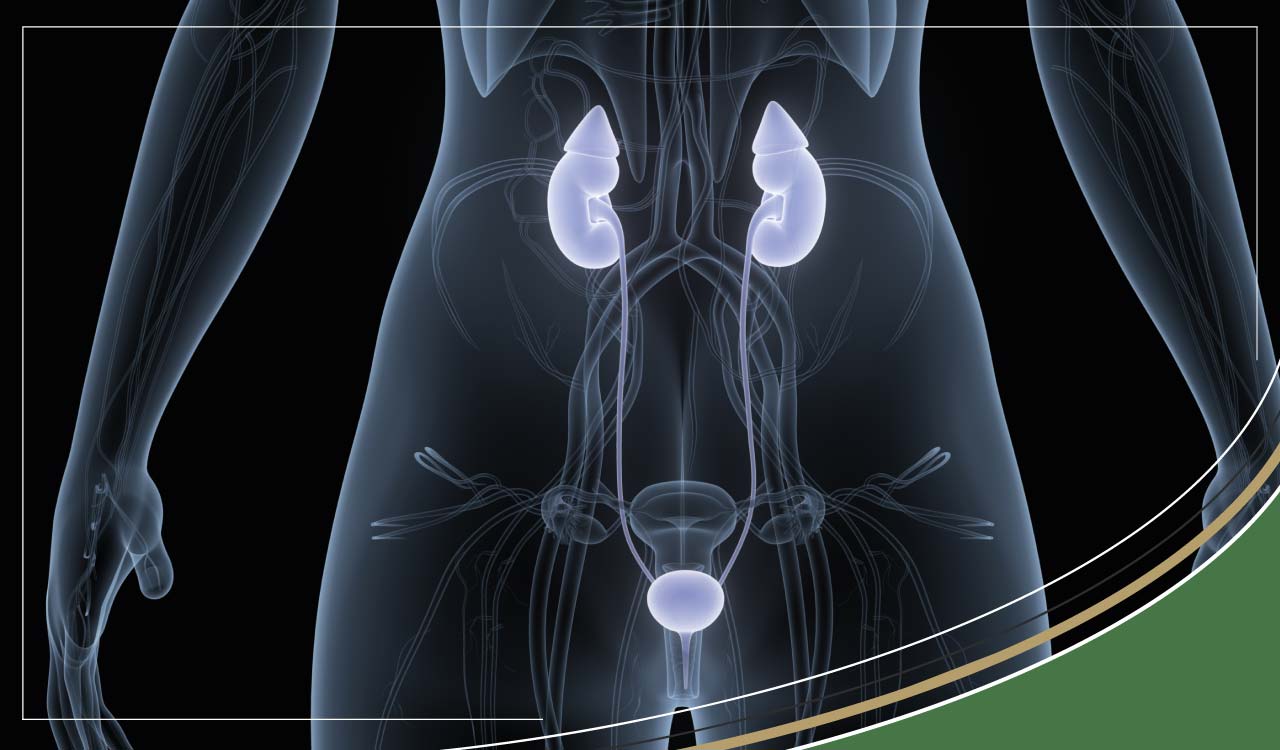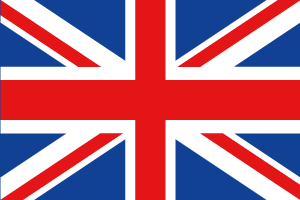Candida symptoms and dietary changes for candidiasis

Candidiasis and Thrush
Candidiasis or Thrush is a fungal infection, of which Candida Albicans is the most common cause. It is normally present in your mouth and intestines and aids with digestion and nutrient absorption. When it overgrows, it can damage the wall of the intestine, releasing toxic waste into your body, causing a condition known as leaky gut.
Candidiasis often presents as oral thrush and vaginitis, and has the potential to cause systemic life-threatening diseases. Systemic Candida infections are also referred to as Candidemia and are usually confined to severely immuno-compromised persons, such as cancer, transplant, and AIDS patients as well as surgical patients.
In normally healthy people, the cause of Candida overgrowth is most commonly associated with antibiotic therapy that eradicate friendly bacteria in the gut. Other causes include:
- Refined carbohydrates and sugar
- Alcohol
- Birth control medication
- Stress
- Fluoride
- Diabetes
The candida fungus may spread through the blood resulting in Systemic Candiasis. Symptoms of this condition vary but may include migraine headaches, depression, urinary dysfunction, intestinal gas and allergies. Once it invades the body's tissues, candida may cause the production of antibodies. Antibodies react against microorganisms and allow them to be eradicated by the white blood cells.
Candida Symptoms
- Unwarranted tiredness
- Cravings for sugar
- Foul breath
- Furry tongue
- Inability to concentrate
- Pains in joints
- Sinus problems
- Digestive problems
- Frequent UTI’s
- Athlete's Foot
- Toenail Fungus
- Vaginal Infections
- Mood Swings
Symptoms of Systemic Candida
- Athletes foot or toenail fungus
- Chronic fatigue or fibromyalgia
- Digestive issues such as bloating, constipation, or diarrhoea.
- Concentration problems poor memory, ADD, ADHD.
- Eczema, psoriasis, hives, and other skin rashes.
- Mood swings, anxiety, and or depression.
- White/black patches in the mouth.
- Vaginal infections/ vaginal itching.
- Allergies or itchy ears.
Dietary Changes
- Eliminate sugar and white carbohydrate intake and moderate complex carbohydrates.
- Take good quality probiotics - life friendly bacteria.
- Take Coconut milk and cook with coconut oil; they provide Caprylic acid and Lauric acid.
- A little bicarb in a sitz bath is soothing, as is natural yoghurt or coconut oil on the delicate outside tissues.
- Oil of oregano can be very effective as a temporary measure.
- Avoid fermented food and beverages.
Candida and Refined Sugar
Candida’s food supply is sugar, including dairy products containing lactose, bee honey, glucose and high fructose corn syrup, and even sugar substitutes including aspartame and saccharin.
Fresh fruits high in fructose may be healthy and nutritious, but may be counter-productive. Fruit and vegetables that are high in sugar, such as sweet potatoes, grapes, parsnips or beets should be avoided.
Sugar is in most processed foods, frequently used to in low-fat products, because the flavour is enhanced by sweetening the product. The same applies to all sugary drinks. There are hidden sources of sugar everywhere, for example in:
- Salad dressings
- Sauces
- Yoghurts
- Cereals
- Jams
- Dried Fruit
- Diet foods
 Free Shipping on orders $70+ USD
Free Shipping on orders $70+ USD
 Courier & USPS Deliveries Available
Courier & USPS Deliveries Available
 Read Thousands of Independent Reviews
Read Thousands of Independent Reviews


















